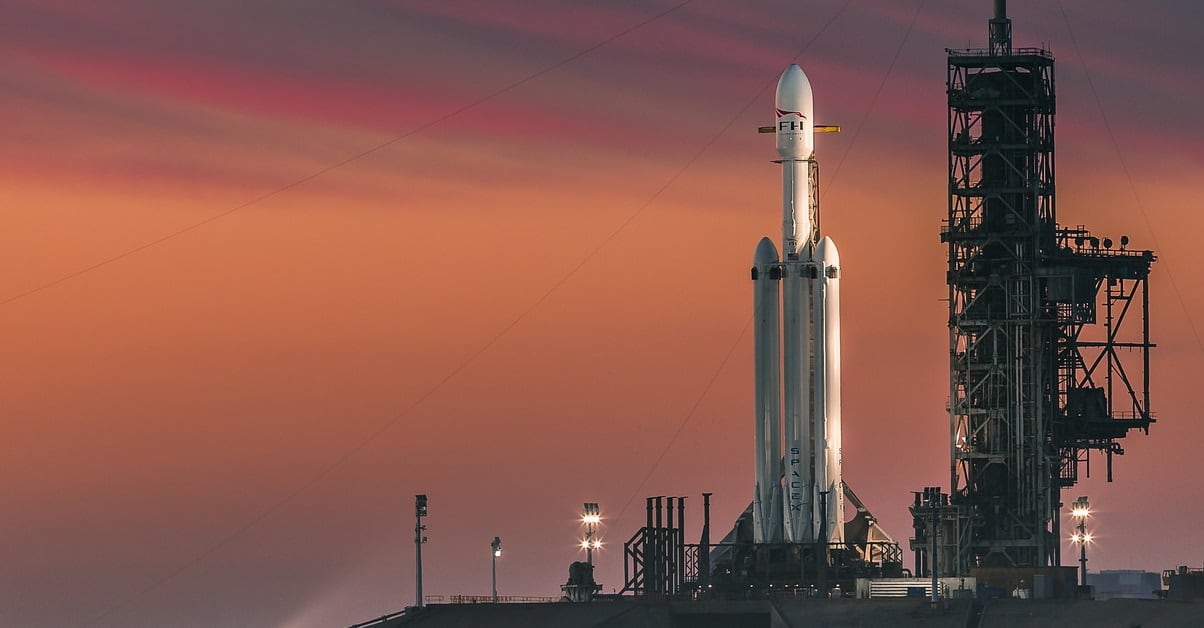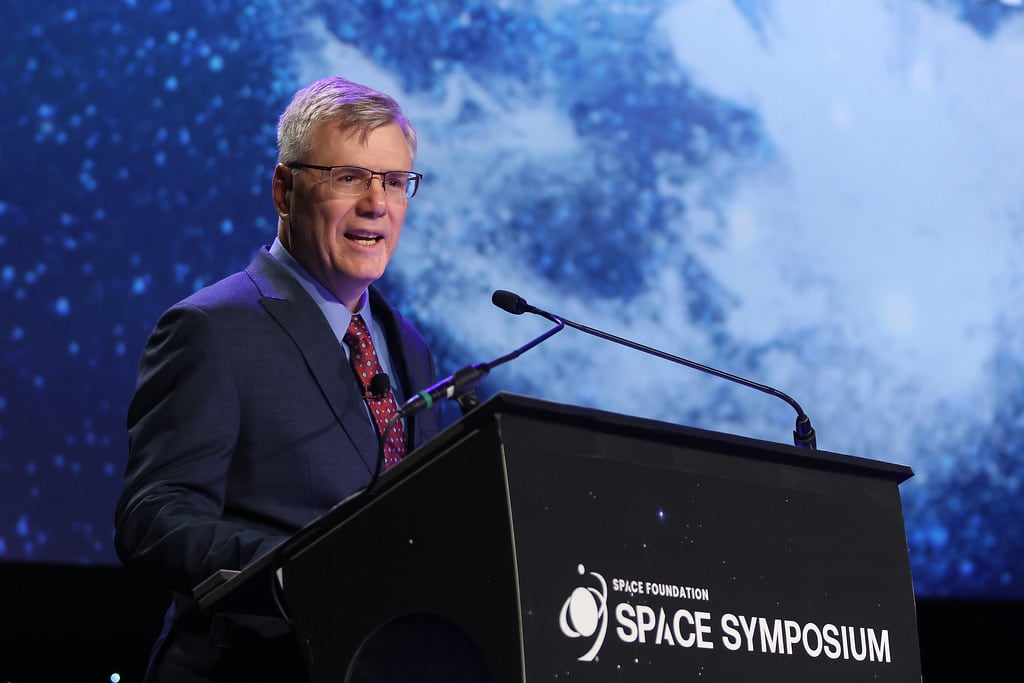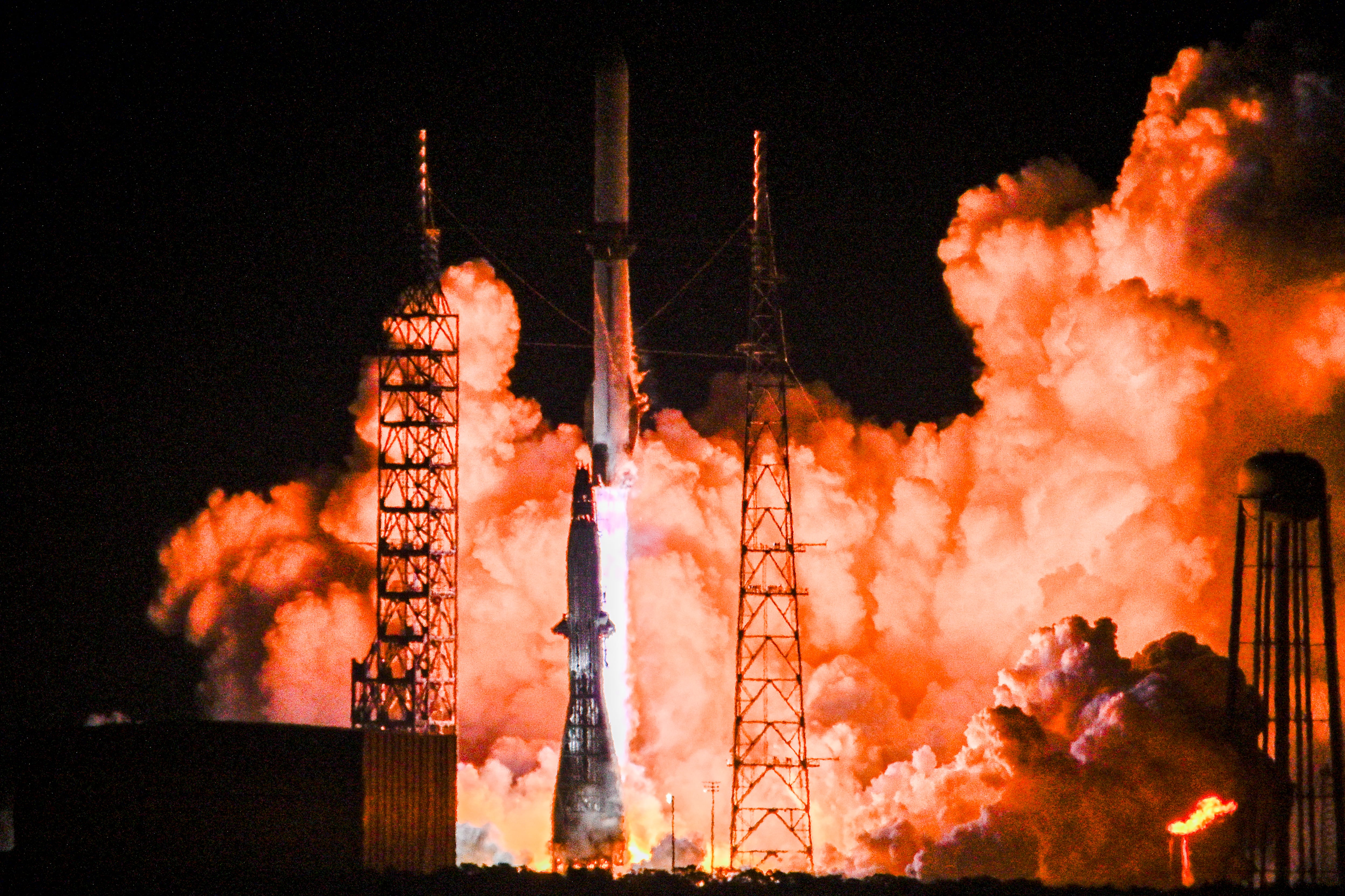WASHINGTON ― Yesterday, SpaceX’s Falcon Heavy rocket took off from launch pad 39A at Cape Canaveral, awing onlookers and inspiring an entire new generation of potential scientists and engineers to look to the stars. But what does the launch mean for the satellite launch industry?
Not as much as you think.

As previously reported by C4ISRNET, the introduction (and certification) of the Falcon Heavy to the space launch market will create more competition for government contracts, which would likely result in lower costs for Department of Defense and the intelligence community to place satellites into orbit.
Speaking to C4ISRNET, Sean O’Keefe, former administrator of NASA, contextualized SpaceX’s “tremendous achievement” for the large satellite payload market segment, particularly for big government programs.
“To the extent we see a continuing progress on the path SpaceX is on, and other commercial firms, there is a number of options to be pursued rather than focusing on a monopoly,” O’Keefe said. “Competition is a good thing. It motivates innovation and is a catalyst for approaches that might not otherwise be explored... The novelty of what has been created or opened here is an opportunity. What SpaceX has generated is the capacity to get into a market space that is very limited, but at the same time requires an enormous capacity.”
But according to one space policy expert, the second largest rocket ever created is not well poised to remedy the space launch industry’s most immediate need: the ability to inexpensively deliver many small satellites into low Earth orbit.
Currently, smaller satellite payloads piggyback on launch vehicles delivering larger payloads. But with small satellite companies like OneWeb, which plans to launch 900 commercial satellites into LEO, and other industry players like SpaceX, who plan to place up to 4,000 satellites into LEO, it is possible that the demand for dedicated small launch vehicles will outpace the supply of providers.
Spaceworks, an aerospace engineering and concept design analysis firm, forecasts that up to 2,600 nano and micro satellites (1-50 kg) will require launch over the next five years. Although Spaceworks points out the global launch market met the growing demand for nano/microsatellite launches in 2017 without a dedicated small satellite launch vehicle, PwC notes that changes in international regulations regarding space debris mitigation and investment by government institutions globally are supporting and incentivizing the development of micro-launcher solutions.
SpaceX’s accomplishment should not be undersold, but it needs to be put in perspective when considering human space travel.
“The bottom line from a foundational standpoint, as in where do you start and go down the road, if you look beyond LEO, we are still using the same baseline we used when space development began. We still use chemical propulsion, and are still guided by the same principles, the same laws of physics and orbital mechanics,” O’Keefe said.
Scientists must still conquer the challenges of engineering an in-space propulsion system, improving radiation shielding, and preventing the degradation of the human body in low- and zero-gravity conditions before long distance space travel becomes feasible.
If technological leaps are made in these areas O’Keefe said “then you are talking conquering sending humans anywhere.”
Daniel Cebul is an editorial fellow and general assignments writer for Defense News, C4ISRNET, Fifth Domain and Federal Times.








